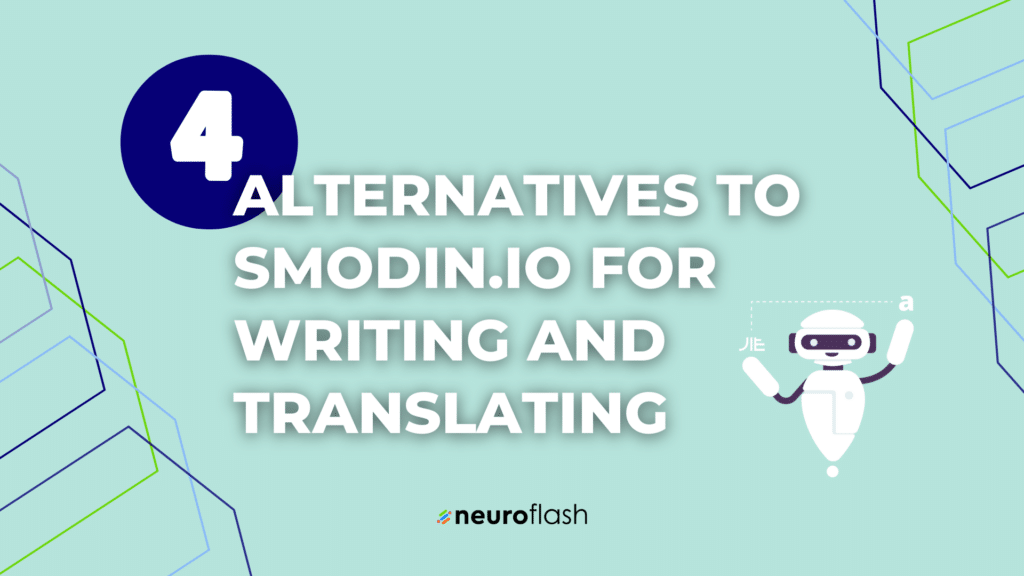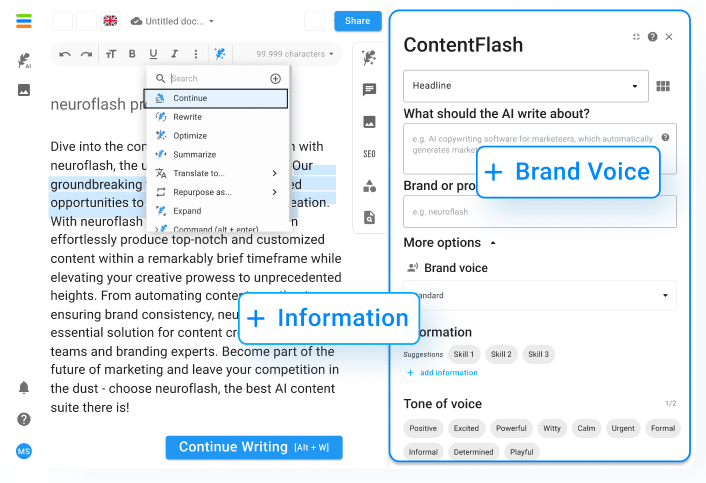
When it comes to customer service, chatbots are some of the most popular programs. They’re customer-facing and can be available 24/7, and they have grown exponentially in the past few years. A chatbot is a computer software that produces human language, either verbally or orally. It uses natural language processing technology to engage in conversational dialogue in real time.
They are easy to use and can help almost every user. While chatbots differ in how they are used, they save time and resources. Many will span an existing knowledge library and see if the user’s query is contained in the preloaded answer database. If not, it can be redirected to a live agent. The chatbot also learns from the interaction with the human agent.
How Chatbots Work
There are multiple types of chatbots that have different approaches to interaction. Quite simply, these are rule-based or AI chatbots.
Rule-based algorithms use a simple true/false algorithm to interact with customers. They can’t answer questions outside the predefined question set. One difference with this type of chatbot is that it cannot learn from conversations.
Chatbots for Marketing Automation
Chatbots play a crucial role in enhancing customer relationships and optimizing the sales pipeline through marketing automation. By leveraging their capabilities, businesses can effectively engage with customers and foster stronger connections. In fact, chatbots have become an integral part of modern customer communication strategies, enabling direct outreach and personalized interactions. To learn more about ways to improve your marketing efforts, visit Digital Spotlight AU.
There are many strengths to using chatbots in any business. In a global economy, many businesses are experiencing that they help to eliminate language barriers as they can translate and have multilingual capacities.
AI Chatbots
AI chatbots learn from artificial intelligence programs to generate natural language answers. There is a specific process to how the programs work.
- Input Analysis: The chatbot has the task of analyzing any text or voice query. The software extracts information and also tries to figure out the intent. It breaks the text into tokens that are more digestible by the software. It also removes stop words, and uses various linguistic techniques to deduce meaning.
- Natural Language Understanding (NLU): NLU helps to deduce intentions by slot filling and also intent tagging. It’s implemented as an LSTM-based recurrent neural network with a conditional random field layer on top of it.
- Dialog Management: Dialog management helps chatbots to understand and respond to contextual clues. This tool is used to keep track of the user’s preferences as well as other important elements in the conversation.
- Knowledge Base or Machine Learning: Machine learning is another important idea in the way that chatbots work. It uses machine learning to adapt to the user’s inputs quickly and accurately. It recognizes patterns in text and speech, and can make predictions using that data.
- Natural Language Generation (NLG): Once the chatbot has determined the appropriate response, it generates a natural language output to communicate with the user. NLG algorithms can convert structured data or predefined templates into human-like sentences.
- Response Delivery: The chatbot sends the generated response back to the user, typically in the form of text. It may also use other channels like voice or graphical interfaces to communicate.
- Continuous Learning: AI chatbots can be designed to improve over time through continuous learning. This can involve analyzing user interactions, collecting feedback, and updating the chatbot’s knowledge base or machine learning models to enhance its performance.
Future of AI Chatbots
With big names like Microsoft investing millions of dollars into chatbot technology, the door is wide open for it to evolve. By 2030, the market is anticipated to reach at least $3 billion.
One of the most obvious directions chatbots are taking is implementing a multi-modal approach. This means incorporating text, image, video, and sound into their inputs and outputs.
For example, AI is being developed that takes cues from the user about what they want to see, and nearly instantaneously provides a visual or audio input. It already has textual abilities abound, and recently an AI chatbot passed the bar exam.
Overall, the next move in artificial intelligence is a move toward artificial general intelligence– or rather, artificial intelligence that can do everything a human brain can do, and more.
On the practical side, as customers grow more familiar and comfortable with chatbots, they can be used to automate many general tasks. For example, they can take payments or help to resolve password issues. They’re being used by companies like Uber or Facebook to walk customers through the buying process and to lock in more sales. Additionally, they can even be used for route authentication tasks at banking institutions.
The future of AI chatbots includes broader usage and implementation, as well as more permissions granted to the technology that mimic the role of many human positions. There have been many debates about the ethicality of this, and even movements to suppress the technology.

















